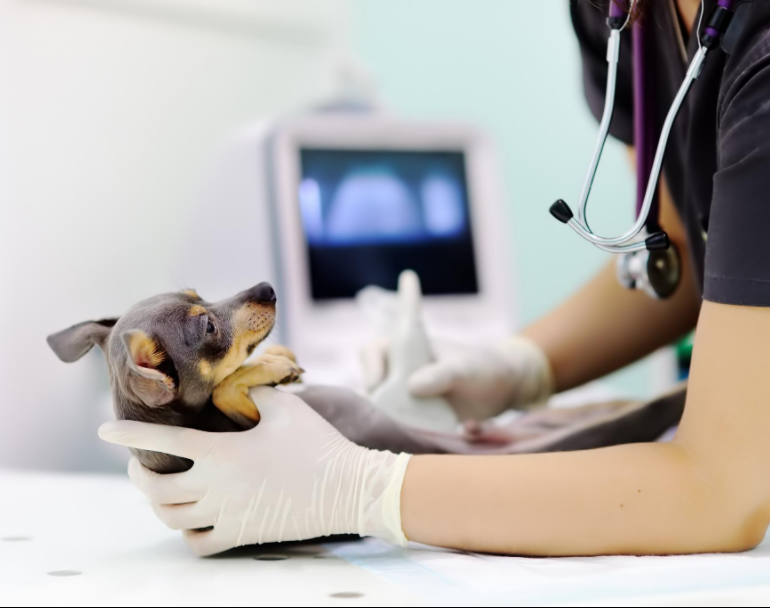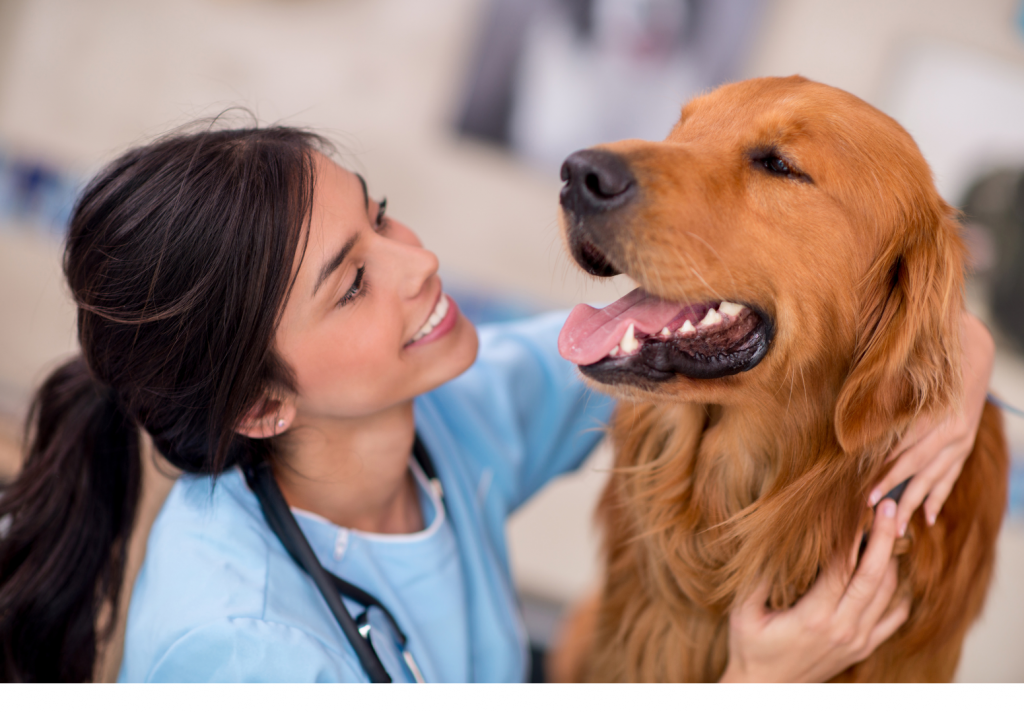Surgical procedures are a vital aspect of veterinary medicine, and they require meticulous planning, skillful execution, and thorough documentation. Among the crucial aspects of this documentation is the surgical report, a comprehensive record of the procedure. In this blog post, we’ll delve into the importance of surgical reports for veterinarians and explore key elements to include in these reports to ensure optimal patient care and professional accountability.
The Significance of Surgical Reports
- Communication: A well-structured surgical report serves as a means of communication among veterinary team members. It allows for the seamless transfer of information between veterinarians, technicians, and support staff, ensuring everyone involved in the patient’s care is on the same page.
- Legal Protection: Surgical reports also play a crucial role in legal matters. They serve as legal documentation of the procedure, detailing what occurred during surgery, any complications, and the steps taken to address them. This documentation can protect veterinarians in case of malpractice claims or disputes.
- Quality Assurance: Surgical reports contribute to quality assurance within a veterinary practice. They allow for a review of procedures, outcomes, and complications, helping the team identify areas for improvement and enhance patient care.
Key Elements of an Effective Surgical Report
- Patient Information: Begin the report with essential patient details, including the animal’s name, species, breed, age, sex, and identification (microchip or collar information). Note any relevant medical history, such as pre-existing conditions or medications.
- Surgical Team: List the names and roles of all team members involved in the surgery, from the primary surgeon to the anesthetist and surgical assistants. This provides transparency and accountability.
- Procedure Details: Describe the surgical procedure in detail, including the surgical site, approach, and any specific techniques used. Note the instruments and equipment utilized.
- Anesthesia Information: Provide a thorough account of the anesthesia administered, including drug names, dosages, and any complications or adjustments made during the procedure. Document vital signs, such as heart rate, blood pressure, and oxygen saturation.
- Intraoperative Observations: Record observations made during surgery, such as tissue appearance, blood loss, and any unexpected findings or complications encountered.
- Surgical Timeline: Create a timeline of the procedure, documenting significant events and interventions as they occur, from the initial incision to the final suture.
- Complications: If any complications arise during surgery, describe them in detail, along with the actions taken to address them. This is crucial for understanding the full context of the procedure.
- Postoperative Care: Outline the postoperative care plan, including pain management, wound care, and any medications prescribed. Note any specific instructions for the pet owner.
- Follow-Up: Specify any necessary follow-up appointments or procedures, and include recommendations for monitoring the patient’s recovery.
- Conclusion and Signatures: Summarize the surgical procedure’s outcome, and have all team members sign and date the report to acknowledge its accuracy.
A well-constructed surgical report is an indispensable tool in veterinary medicine, serving multiple purposes that extend beyond immediate patient care. It promotes effective communication, legal protection, and quality assurance within the practice. By including the key elements mentioned above, veterinarians can ensure that their surgical reports are comprehensive, accurate, and reliable, ultimately contributing to the well-being of their animal patients and the integrity of their profession.



